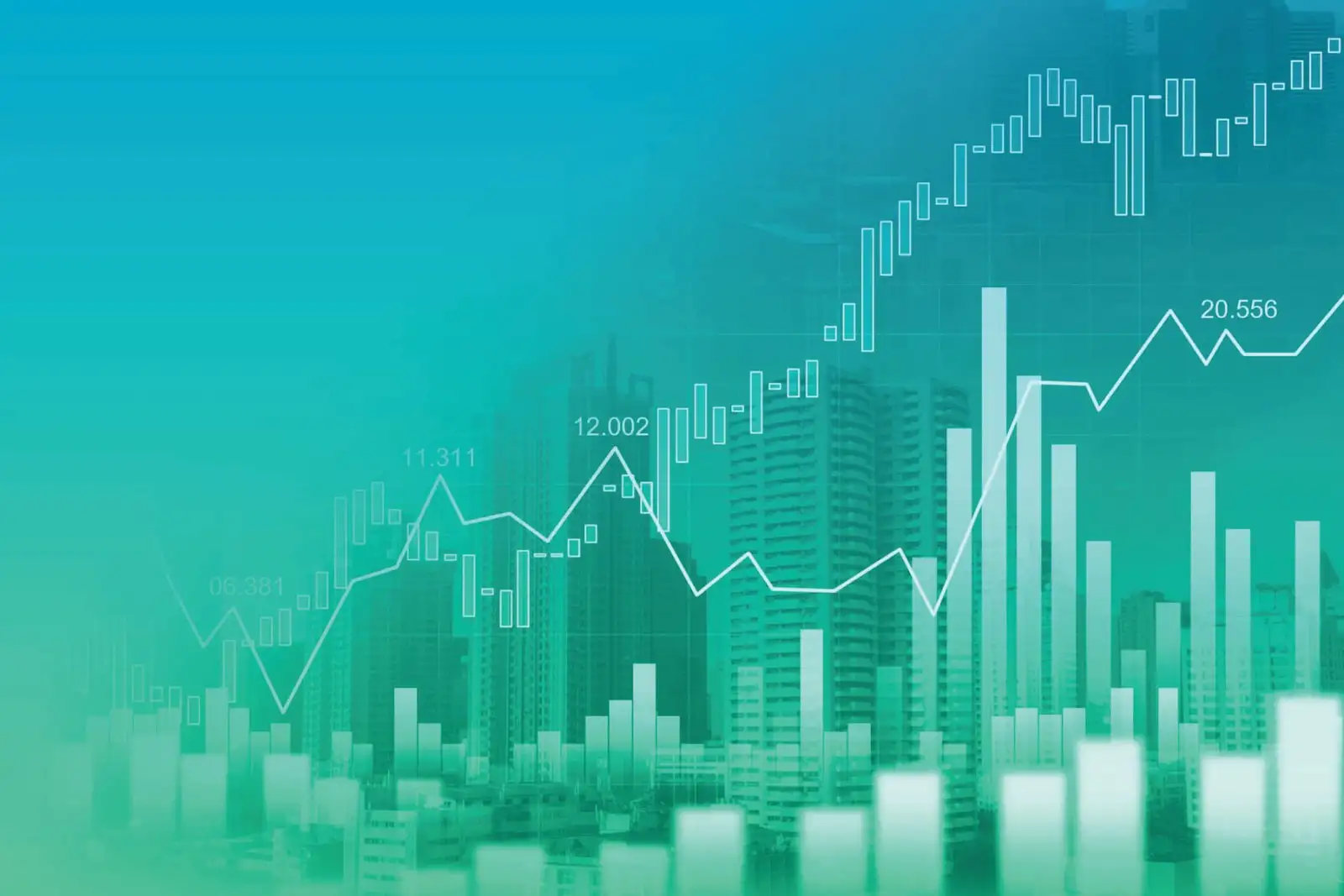”
As the digital landscape continues to evolve, businesses are constantly searching for ways to optimize their online presence. One of the most critical aspects of this endeavor is striving for a balance between two formidable forces in the world of web development: page speed and search engine optimization (SEO). In this article, we’ll dissect the secrets of achieving optimal website performance by navigating the delicate dance between these competing priorities.
Table of Contents
- 1. Exploring the Relationship Between Page Speed and SEO
- 2. Optimizing Website Performance: Strategies for Maximum Impact
- 3. How to Monitor and Measure Website Speed for SEO Success
- 4. Real-World Case Studies: Overcoming Challenges in the Quest for Optimal Performance
- Q&A
- Closing Remarks

1. Exploring the Relationship Between Page Speed and SEO
****
In the world of digital marketing, website performance plays a crucial role in determining a website’s success. Page Speed and Search Engine Optimization (SEO) are two essential factors that contribute to a website’s overall efficiency and visibility online. Let’s dive into the fascinating relationship between these two critical aspects.
On one hand, Page Speed refers to the speed at which a website loads and functions. Faster page load times not only delight users but also improve user experience and retain them on the website for a longer duration. This, in turn, can lead to greater engagement and conversions.
- Faster load times result in higher bounce rates, allowing search engines to rank the website higher in search results.
- A faster website is more likely to hold the user’s attention, and this increased engagement can lead to better conversions and customer retention.
- In the age of mobile internet, fast-loading websites are ever more important as slow-loading sites can lead to user frustration and potential abandonment.
On the other hand, SEO refers to the practice of optimizing a website’s content and structure to improve its visibility on search engines. This can involve various techniques, such as using relevant keywords, optimizing meta tags, and creating high-quality, engaging content.
- An optimized website is more likely to attract organic traffic from search engines, leading to increased visibility and a higher ranking in search results.
- A website’s search engine rankings directly impact its visibility on search results pages, which means faster load times can have a significant impact on a site’s search engine visibility.
- Faster loading pages are better positioned to rank higher because search engines like Google, for instance, know that slow-loading sites are less likely to provide a good user experience and can lead to user frustration.
In conclusion, there is a strong relationship between Page Speed and SEO. Optimizing both aspects of a website can lead to improved performance, higher user satisfaction, and increased organic traffic from search engines. By focusing on these aspects, businesses can ensure their websites are optimized for both speed and search engine rankings, ultimately leading to greater success in the digital world.

2. Optimizing Website Performance: Strategies for Maximum Impact
When optimizing website performance, it’s crucial to understand the intricate relationship between page speed and SEO. Both factors play a significant role in determining a website’s visibility and user experience. In this post, we’ll unlock the secrets to optimal website performance by diving into each of these critical areas.
First, let’s debunk the common misconception that improving one aspect will negatively impact the other. In reality, a well-optimized website boasts both page speed and SEO benefits. Here’s a comparison of the two:
- Page Speed: Considered a key metric for website performance, it refers to the browsing speed of a website. Factors affecting page speed include server response time, content delivery, and website load times. High-speed websites tend to have more users, as they provide a smoother browsing experience.
- SEO: Search Engine Optimization is the process of improving a website’s online visibility by increasing its quality score in search engine result pages. This enhances the probability of a website appearing on the first page of search results, ultimately driving more organic traffic.
To optimize your website for maximum impact, consider implementing the following strategies:
- Minify and compress CSS, HTML, and JavaScript files to reduce their size and improve loading times.
- Optimize images by using appropriate formats like WebP and responsive images for faster loading.
- Leverage browser caching and CDNs (Content Delivery Networks) to reduce server requests and speed up content delivery.
- Eliminate unnecessary scripts, stylesheets, and elements to reduce render-blocking resources.
- Optimize website structure and content by using semantic HTML, proper heading tags, and relevant meta tags.
In conclusion, achieving optimal website performance hinges on balancing both page speed and SEO. By implementing these strategies, you’ll be taking a step towards improving your website’s user experience while enhancing its search engine visibility.
3. How to Monitor and Measure Website Speed for SEO Success
Monitoring and measuring website speed has become a critical aspect of SEO success in today’s digital landscape. Faster websites not only improve user experience but also have a direct impact on search rankings. Google, for instance, has started incorporating page speed and mobile-friendliness as ranking signals, which means websites with slower page load times may be penalized. To ensure your website is performing optimally, it’s crucial to track and measure key metrics related to page speed and user experience.
There are several tools and methods available to help you monitor and measure website speed for SEO success. Some popular ones include:
– **Google PageSpeed Insights**: A free online tool that analyzes your website’s performance and provides a detailed report on opportunities to improve speed, along with a mobile-friendliness score. You can access it at `https://developers.google.com/speed/pagespeed/insights/`. Simply enter your website URL to get started.
– **GTmetrix**: Another popular online tool for measuring website performance. It generates a detailed report with recommendations for improving speed and usability. You can access it at `https://gtmetrix.com/`.
– **WebPageTest**: A more advanced tool that offers comprehensive statistics on various aspects of your website’s performance. It provides insights into DNS lookup times, connection times, server response times, and more. You can access it at `https://www.webpagetest.org/`.
To effectively monitor and measure website speed for SEO success, you should:
– Regularly use these tools to test your website’s performance and identify areas for improvement.
– Ensure all images, videos, and other media are optimized for web consumption to reduce loading times.
– Implement proper caching techniques to minimize server load and response times.
– Optimize your content management system (CMS) and plugins for faster loading.
– Use browser developer tools (e.g., Google Chrome’s Lighthouse) to identify bottlenecks and optimize your website’s front-end code.
By following these best practices, you’ll be well on your way to creating a fast, user-friendly website that not only provides an excellent user experience but also reaps the benefits of improved SEO performance.
4. Real-World Case Studies: Overcoming Challenges in the Quest for Optimal Performance
In today’s digital landscape, achieving optimal website performance is paramount for businesses. While page speed and SEO (Search Engine Optimization) may seem like unrelated subjects, the reality is that these two elements are deeply intertwined. Let’s unlock the secrets behind their connection and how to leverage them for maximum results.
Importance of Page Speed and SEO
- Page speed: Web users expect a seamless browsing experience, and a slower-loading website can lead to increased bounce rates and higher potential losses. By optimizing page speed, businesses can improve user experience, increase site engagement, and ultimately boost conversions.
- SEO: For websites to rank higher in search engine results, they must be well-optimized. A website with a high SEO score usually has a faster load time, as search engines prefer speedy content. This means that optimizing for page speed also benefits your SEO strategy.
Overcoming Challenges in Optimal Performance
- Image optimization: Large, uncompressed images can slow down a website. By compressing and resizing images, you can significantly reduce page load time.
- Leveraging browser caching: Implementing browser caching saves both server resources and user data, translating to a faster browsing experience. By enabling caching, websites can reduce the number of requests to the server and lower the load time.
- Minification and concatenation: These techniques involve removing unnecessary characters, such as whitespace and comments, in CSS, JavaScript, and HTML files. Minification and concatenation help to reduce file size, and thus, load time.
- Using a Content Delivery Network (CDN): A CDN enables faster data delivery by distributing website content across servers in different geographical locations. This reduces the amount of time it takes for users to access content, increasing page speed and overall performance.
Q&A
Title: Page Speed vs. SEO: Unlocking the Secrets to Optimal Website Performance
**Question: What is the relation between Page Speed and SEO?**
Answer: Bypassing the technical jargon, Page Speed and SEO are both essential aspects of a website’s overall performance. While Page Speed refers to the loading speed and efficiency of a website, SEO (Search Engine Optimization) deals with increasing its visibility in search engine results. Both are inseparable, as search engines like Google prioritize websites with faster Page Speed and better SEO ranking. So, optimizing both aspects can help a website reach more users and improve its online presence.
**Question: How do faster Page Speeds benefit a website?**
Answer: Faster Page Speeds come with several advantages:
– Improved user experience: Sites with faster loading times are more enjoyable to use, as visitors are less likely to abandon a page if it loads quickly.
– Higher engagement: When users don’t have to wait for pages to load, they can spend more time interacting with the website.
– Increased conversion rates: Research has shown that even a one-second faster page load can increase conversion rates by as much as 10%.
– Better search engine rankings: Google has mentioned numerous times that they give preference to websites with faster loading times. This means faster page speeds can directly affect a website’s SEO ranking.
**Question: What are some common SEO best practices for optimizing a site’s Page Speed?**
Answer: To optimize a site’s Page Speed while maintaining strong SEO, consider implementing the following best practices:
- Optimize images: Compressing or resizing images can reduce their file size without sacrificing quality.
– Minify CSS, JavaScript, and HTML files: Removing unnecessary characters from these files, such as whitespace and comments, can reduce their size.
- Use browser caching: This involves storing files on users’ devices so that they don’t have to be reloaded each time the page is visited.
– Remove render-blocking JavaScript and CSS: These files slow down a site’s loading time and should be minimized or deferred.
– Use asynchronous loading for non-critical scripts: This means loading scripts that are not essential for a page’s initial load in a non-blocking manner.
**Question: What can website owners do to track and improve their website’s Page Speed and SEO?**
Answer: Website owners can monitor and improve their sites’ Page Speed and SEO using various tools and techniques:
– Use performance monitoring tools like Google PageSpeed Insights or GTmetrix to identify slow-loading elements and areas for improvement.
– Regularly analyze website traffic in tools like Google Analytics to track conversions and drop-off rates, identifying any issues affecting user experience.
- Keep up with SEO best practices, including keyword research, meta description optimization, and ongoing content creation.
– Test changes and monitor their effects using tools that measure user engagement and conversion rates.
By combiningPage Speed optimization with SEO best practices, website owners can unlock the secrets to optimal website performance and achieve higher search engine rankings, increased user satisfaction, and ultimately, better online results.
Closing Remarks
In conclusion,Page Speed and SEO display a symbiotic relationship, directly impacting the performance and visibility of a website. As we have seen through this exploration, both optimizing Page Speed and ensuring SEO best practices should be a priority for any website owner. This is akin to the importance of a healthy and balanced diet for overall wellbeing. Just as a balanced diet provides the essential nutrients for vitality, an optimized website is essential for a healthy online presence.
Ultimately, striving for optimal website performance and SEO success requires continuous vigilance. Regular monitoring and updates to your website’s code, design, and content ensure you stay ahead of the curve and keep your audience engaged and returning. Remember, a website is like a living, breathing entity: nurture it, nourish it, and it will flourish and thrive. This, in turn, will lead to increased organic traffic, reduced bounce rates, and higher conversion rates – the ultimate trifecta of online success.

